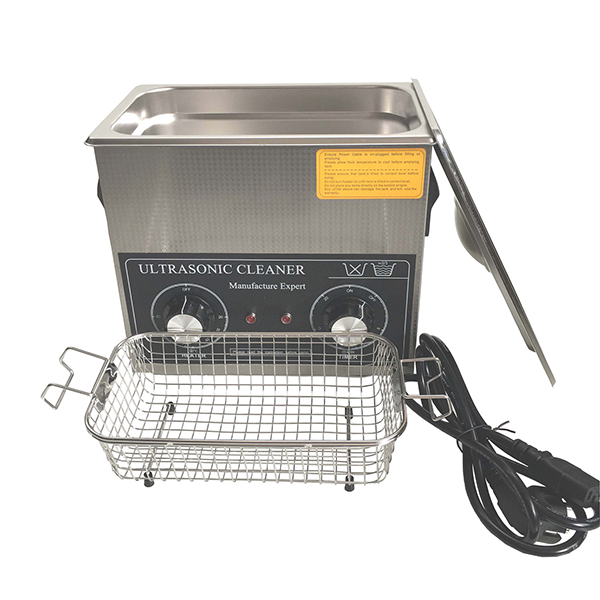Cleaning Features of Ultrasonic Cleaners
One of the big advantages of ultrasonic cleaners is that they are versatile. Ultrasonic cleaners create tiny, partial vacuum-filled bubbles in a liquid solution (cavitation) by generating very high frequency and high energy sound waves.
These bubbles blast contaminants off the item to be cleaned without causing any damage to the item itself. They are equally effective on metal, glass, and plastic surfaces. Their versatility stems from the fact that they can be used to clean a wide range, from delicate items like jewelry and surgical instruments to machine parts, by altering the frequency of the transducer that generates the sound waves. The higher the frequency, the gentler the cleaning action; and vice versa.
Wear and Tear and Cleaning Efforts
With the extensive mileage they traverse, all automobiles endure considerable wear and tear of the components. Typically, the parts most affected are filters, shock absorber parts, pistons, valves and so on.
When the car is brought to an auto shop for a tune-up, these parts need to be thoroughly cleaned to remove grime, dirt, lubricants, carbon, oils, and other types of crud that build up on engines and mechanical parts before they can be refurbished. Previously, this involved vigorous manual scrubbing with chemical compounds that were often toxic. Even then, there was no guarantee that 100% cleaning had been achieved and, besides, there was the problem of safely disposing of the chemicals after use. These limitations can be conveniently overcome by using ultrasonic cleaners.
Solution: Ultrasonic Cleaning of Auto Parts
Ultrasonic cleaners suitable for cleaning auto parts are powerful enough to remove deposits like carbon and yet gentle on aluminum parts. They do not use hazardous chemical solvents, but a water-based cleaning solution, such as bio-degradable soap. They can clean even gummed up carburetors. They are available in arrange of sizes; from bench top units for small components like filters, valves, fuel injectors and so on; to large sized industrial units that can accommodate crankshafts, cylinder blocks and exhaust manifolds. They can even clean several parts at the same time. They also have an application on the racing car circuit. Racing cars have complicated carburetor block assemblies where it is almost impossible to manually get into all the tight spaces where contaminants can hide. The passageways inside a carburetor’s metering block were traditionally cleaned by soaking the part in solvent and then cleaning it as best you could by blowing air into the holes, but this was time consuming and not very efficient. An ultrasonic cleaner, on the other hand, can knock off any build up of impurities lodged inside a component.

Post time: Jun-09-2022


